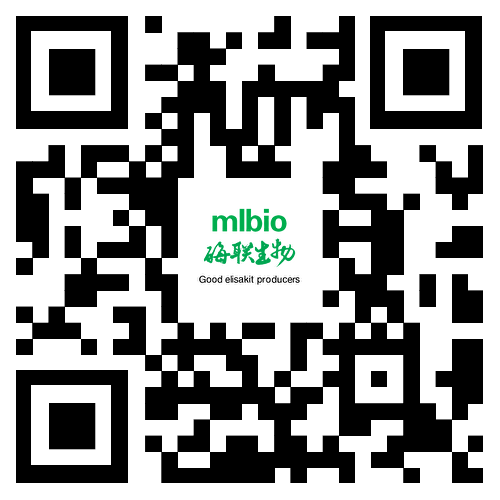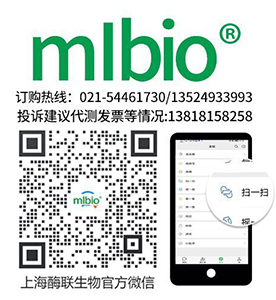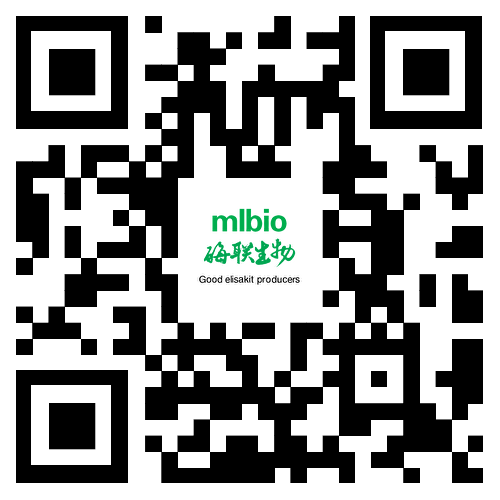產(chǎn)品貨號 : mlR6046
英文名稱 : EPHB4
中文名稱 : 酪氨酸蛋白激酶受體B4抗體
別 名 : Eph receptor B4; EPHB4; EPHB4_HUMAN; Ephrin type-B receptor 4; Hepatoma Transmembrane Kinase; HTK; MYK1; TYRO11; Tyrosine-protein kinase receptor HTK; Tyrosine-protein kinase TYRO11.
研究領(lǐng)域 : 心血管 細(xì)胞生物 免疫學(xué) 神經(jīng)生物學(xué) 信號轉(zhuǎn)導(dǎo) 干細(xì)胞 激酶和磷酸酶 細(xì)胞膜受體
抗體來源 : Rabbit
克隆類型 : Polyclonal
交叉反應(yīng) : Human, Mouse, Rat, Dog, Pig, Cow, Horse, Rabbit, Guinea Pig,
產(chǎn)品應(yīng)用 : WB=1:500-2000 ELISA=1:500-1000 IHC-P=1:400-800 (石蠟切片需做抗原修復(fù))
not yet tested in other applications.
optimal dilutions/concentrations should be determined by the end user.
分 子 量 : 107kDa
細(xì)胞定位 : 細(xì)胞膜
性 狀 : Lyophilized or Liquid
濃 度 : 1mg/ml
免 疫 原 : KLH conjugated synthetic peptide derived from human Eph receptor B4:601-700/987
亞 型 : IgG
純化方法 : affinity purified by Protein A
儲 存 液 : 0.01M TBS(pH7.4) with 1% BSA, 0.03% Proclin300 and 50% Glycerol.
保存條件 : Store at -20 °C for one year. Avoid repeated freeze/thaw cycles. The lyophilized antibody is stable at room temperature for at least one month and for greater than a year when kept at -20°C. When reconstituted in sterile pH 7.4 0.01M PBS or diluent of antibody the antibody is stable for at least two weeks at 2-4 °C.
PubMed : PubMed
產(chǎn)品介紹background:
Receptor for members of the ephrin-B family. Binds to ephrin-B2. May have a role in events mediating differentiation and development.
Function:
Receptor tyrosine kinase which binds promiscuously transmembrane ephrin-B family ligands residing on adjacent cells, leading to contact-dependent bidirectional signaling into neighboring cells. The signaling pathway downstream of the receptor is referred to as forward signaling while the signaling pathway downstream of the ephrin ligand is referred to as reverse signaling. Together with its cognate ligand/functional ligand EFNB2 plays a central role in heart morphogenesis and angiogenesis through regulation of cell adhesion and cell migration. EPHB4-mediated forward signaling controls cellular repulsion and segregation form EFNB2-expressing cells. Plays also a role in postnatal blood vessel remodeling, morphogenesis and permeability and is thus important in the context of tumor angiogenesis.
Subunit:
Heterotetramer upon binding of the ligand. The heterotetramer is composed of an ephrin dimer and a receptor dimer. Oligomerization is probably required to induce biological responses.
Subcellular Location:
Cell membrane; Single-pass type I membrane protein.
Tissue Specificity:
Abundantly expressed in placenta and in a range of primary tissues and malignant cell lines. Expressed in fetal, but not adult, brain, and in primitive and myeloid, but not lymphoid, hematopoietic cells.
Post-translational modifications:
Phosphorylated; autophosphorylation is stimulated by EFNB2.
Similarity:
Belongs to the protein kinase superfamily. Tyr protein kinase family. Ephrin receptor subfamily.
Contains 2 fibronectin type-III domains.
Contains 1 protein kinase domain.
Contains 1 SAM (sterile alpha motif) domain.
SWISS:
P54760
Gene ID:
2050
Important Note:
This product as supplied is intended for research use only, not for use in human, therapeutic or diagnostic applications.
產(chǎn)品圖片












